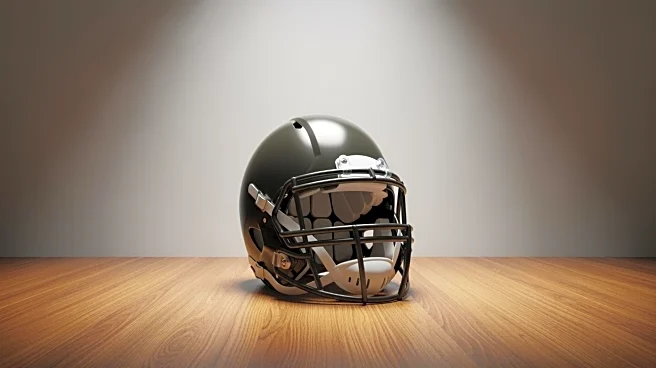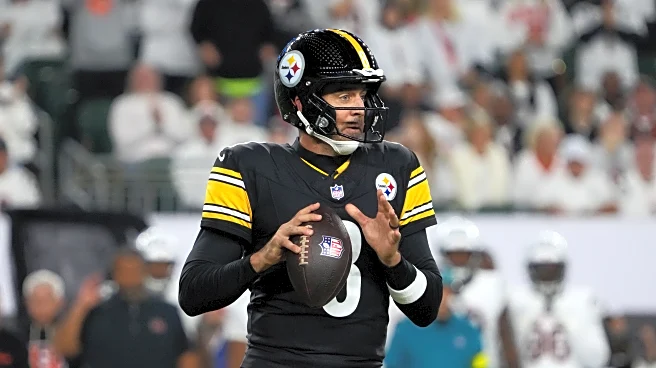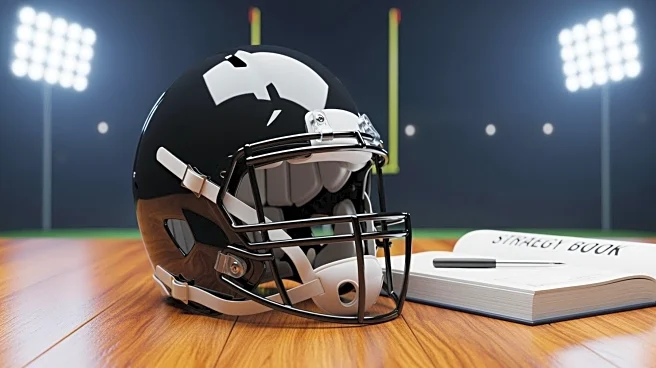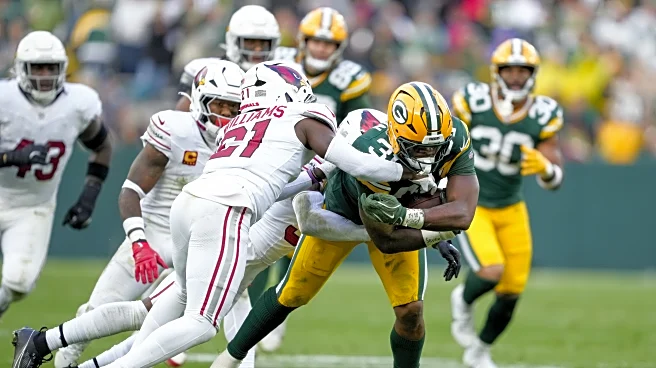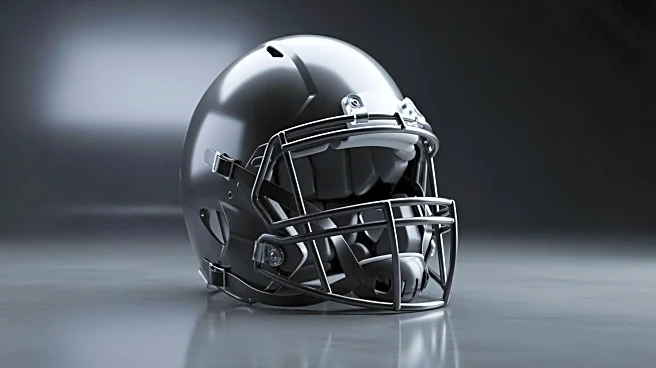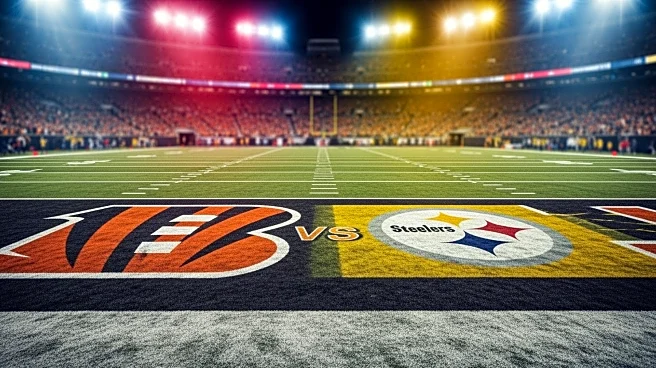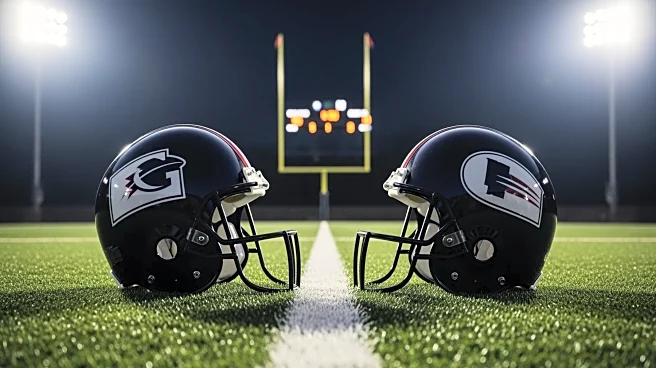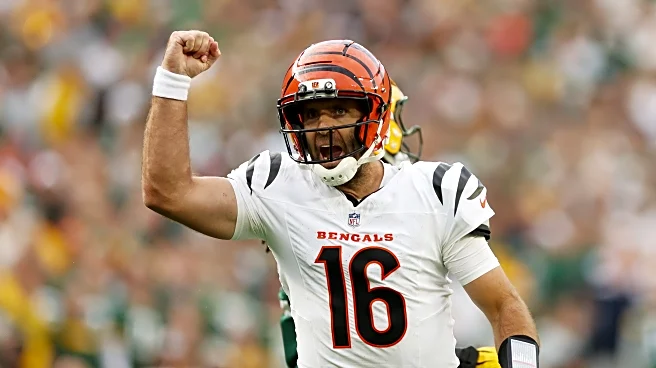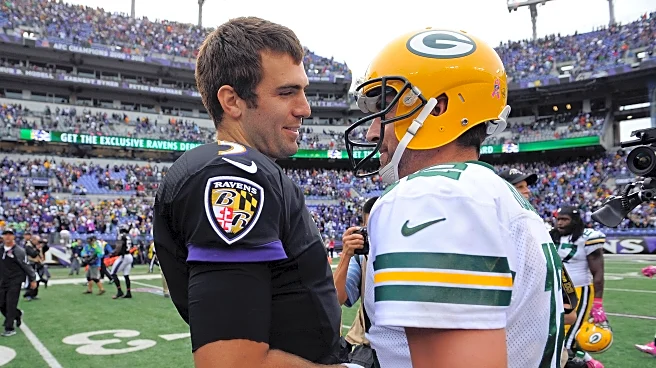What's Happening?
During a game against the Cincinnati Bengals, Pittsburgh Steelers quarterback Aaron Rodgers expressed displeasure after being tackled by his teammate, offensive lineman Broderick Jones, during a touchdown
celebration. The incident occurred after Rodgers threw a go-ahead touchdown pass late in the fourth quarter, giving the Steelers a temporary lead. Jones, excited by the play, ran behind Rodgers and grabbed him around the neck, causing both to fall to the ground. Rodgers, who is sensitive to such tackles due to a past Achilles injury, got up and shoved Jones, visibly upset by the incident. The game ended with the Bengals securing a victory with a last-minute field goal, dropping the Steelers to a 4-2 record.
Why It's Important?
The incident highlights the importance of player safety and the potential risks associated with overzealous celebrations in professional sports. For Rodgers, who has a history of injuries, such unexpected physical contact can be particularly concerning. This event may prompt discussions within the team and the league about the boundaries of celebratory actions and the need for maintaining professionalism on the field. The Steelers' loss also impacts their standing in the division, emphasizing the competitive nature of the NFL and the significance of each game in the season.
What's Next?
The Steelers are set to face the Green Bay Packers in Week 8, a game that holds personal significance for Rodgers as he faces his former team. This matchup provides an opportunity for the Steelers to rebound from their recent loss and for Rodgers to demonstrate leadership and resilience. The team may also address the incident internally to ensure such occurrences do not affect team dynamics or player safety in future games.
Beyond the Headlines
The incident raises questions about the culture of celebrations in sports and the balance between enthusiasm and safety. It may lead to broader discussions about the role of sportsmanship and the potential need for guidelines to prevent similar situations. Additionally, the event underscores the emotional and physical demands placed on athletes, particularly those with a history of injuries, and the importance of support systems within teams.


